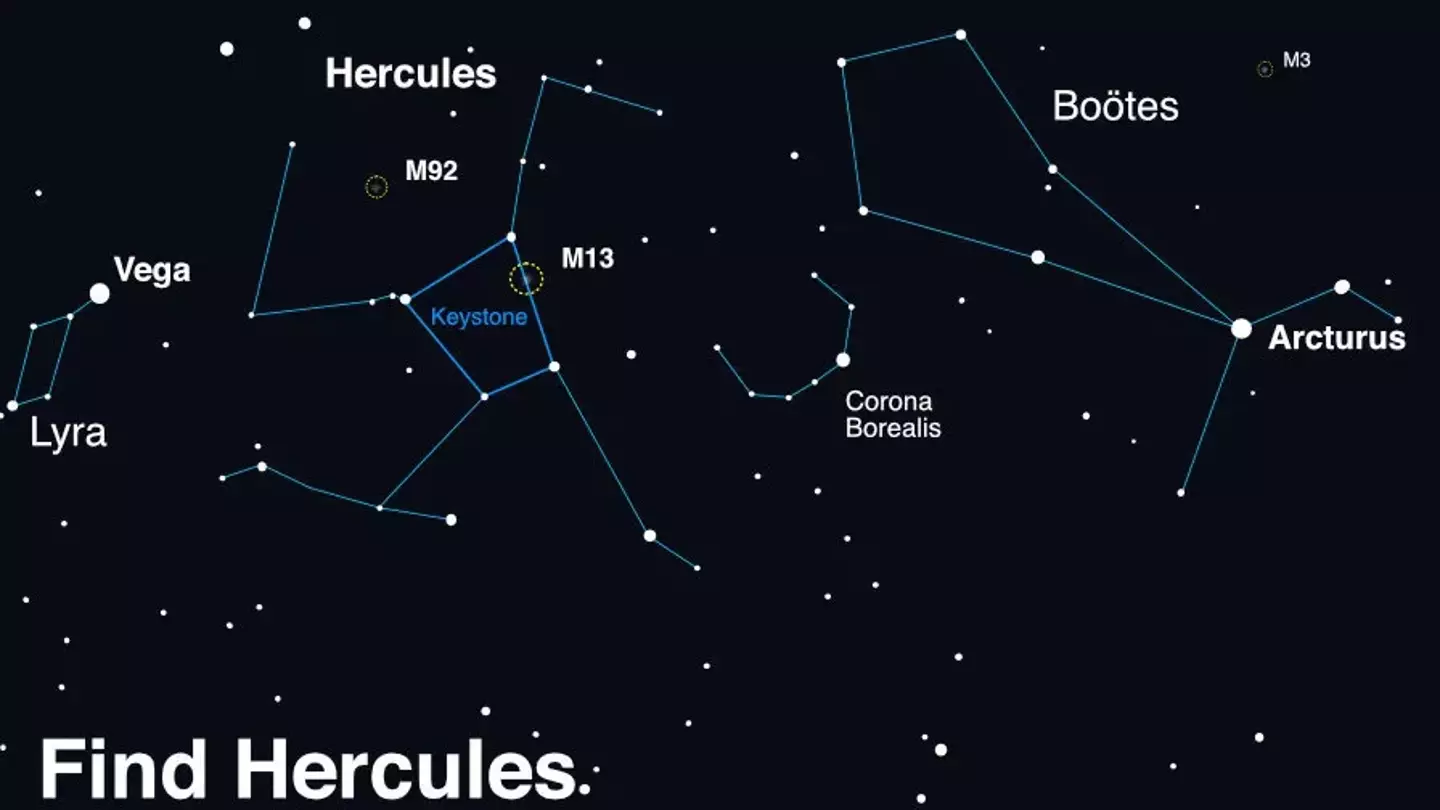Stargazers are in for a special spectacle as a ‘once-in-a-lifetime event’ may soon light up the night sky over North America.
Residents of Canada and the United States could have the chance to see a star exploding approximately 3,000 light years away. This star is part of a two-star system that orbits each other.
The system, named T Coronae Borealis, or ‘T CrB’ for short, includes a red giant star and a white dwarf star.
These stars are in different phases of their life cycles. Red giants are large and nearing the end of their life, while white dwarfs are small and slowly cooling after depleting their nuclear fuel—a process that spans billions of years.
Over the years, the white dwarf has been drawing in hydrogen from the red giant. This accumulation of material has increased the pressure and heat on the white dwarf’s surface, leading to a thermonuclear explosion.
According to NASA, such an event for T CrB, also called ‘Blaze Star,’ occurs every 80 years. However, it should not be confused with a supernova, where the star itself explodes.
This will be a nova event, where only the material on the surface explodes. Despite the star being so distant that it would take around 57 million years to reach at a speed of 35,000mph, the explosion will be so massive that it will be visible from Earth.
The science behind these predictions is indeed remarkable, as noted by astronomers and physicists like Brian Cox.

Dr. Rebekah Hounsell, an assistant research scientist specializing in nova events at NASA’s Goddard Space Flight Center in Greenbelt, Maryland, shared her thoughts on the event.
She said: “It’s a once-in-a-lifetime event that will create a lot of new astronomers out there, giving young people a cosmic event they can observe for themselves, ask their own questions, and collect their own data.
“It’ll fuel the next generation of scientists.”
So, how can we view this phenomenon, and when is it expected to occur?
Astronomers can only provide an educated estimate about the timing, predicting it could happen by the end of this month—possibly this week.
To observe it, you’ll need to know where to look. The star system is located within the ‘Northern Crown,’ but it won’t be visible until the eruption occurs.
A diagram illustrating how to locate the Northern Crown, which appears as a horseshoe next to ‘Corona Borealis,’ can be seen below.

Once the eruption occurs, it will be visible to the naked eye for a bit less than a week, according to NASA.
Hounsell added: “There are a few recurrent novae with very short cycles, but typically, we don’t often see a repeated outburst in a human lifetime, and rarely one so relatively close to our own system.
“It’s incredibly exciting to have this front-row seat.”

